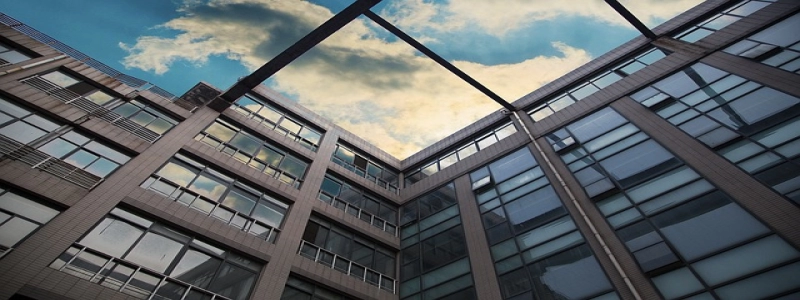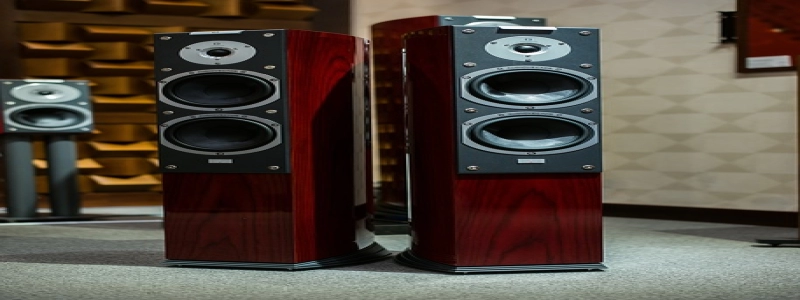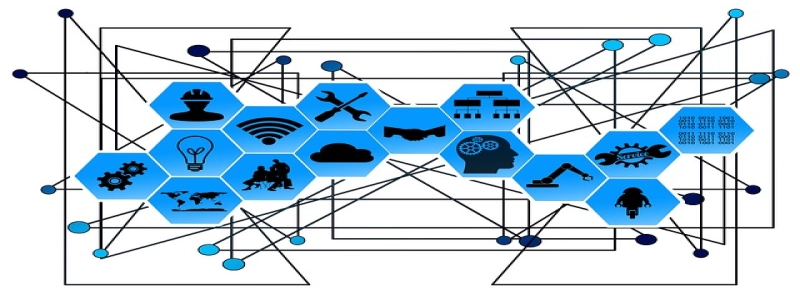Fiber Optic Cable in House
Introduktion:
In recent years, the advancements in technology have rapidly changed the way we live our lives. One significant development is the use of fiber optic cables. These cables, made of thin strands of optically pure glass, have revolutionized the way data is transmitted. From telecommunications to internet connectivity, fiber optic cables have become an integral part of our daily lives. This article will explore the benefits and the installation process of fiber optic cables in houses.
Benefits of Fiber Optic Cables:
1. High-Speed Internet: One of the primary advantages of using fiber optic cables in a house is the remarkable speed of internet connectivity. These cables provide faster data transmission, allowing users to download and upload files, stream high-definition videos, and enjoy smooth online gaming experiences without any noticeable delay.
2. Reliability: Fiber optic cables are highly reliable when it comes to data transmission. Unlike traditional copper cables, fiber optic cables are not affected by electromagnetic interference, such as electrical wires or nearby electronic devices. They are also immune to adverse weather conditions like thunderstorms, which makes them a more stable and consistent option for uninterrupted internet connection.
3. Bandwidth Capacity: Traditional copper cables have limitations when it comes to bandwidth capacity. dock, fiber optic cables can transmit much larger amounts of data over longer distances without any degradation in signal quality. This makes them ideal for households with multiple devices connected simultaneously, ensuring a smooth and uninterrupted internet experience for all users.
Installation Process:
1. Conduct a Site Survey: Before installing fiber optic cables in a house, a site survey needs to be conducted to assess the requirements and feasibility. A professional technician will check the existing infrastructure, analyze the layout of the house, and determine the best pathway for the cables.
2. Cable Routing: Once the site survey is completed, the technician will plan the routing of the fiber optic cables. This involves deciding on the optimal location for the installation, such as through walls, ceilings, or existing conduit systems. Careful consideration is given to avoiding any potential damage to the cables during the routing process.
3. Cable Installation: After routing is decided, the technician will start the actual installation of the fiber optic cables. This process involves carefully handling the cables to prevent any bending or breaking. Special tools and equipment are used to ensure that the cables are securely connected and terminated at both ends.
4. Testing and Verification: Once the installation is complete, the technician will conduct thorough testing and verification to confirm the functionality of the fiber optic cables. This involves using specialized equipment to measure the signal strength and data transmission speed. Any issues or discrepancies will be addressed and corrected accordingly.
Slutsats:
Fiber optic cables have emerged as the leading choice for high-speed internet connectivity in houses. Their remarkable advantages in terms of speed, pålitlighet, and bandwidth capacity make them essential for modern living. By following a systematic installation process, households can enjoy the benefits of fiber optic cables and experience a seamless and fast internet connection.








